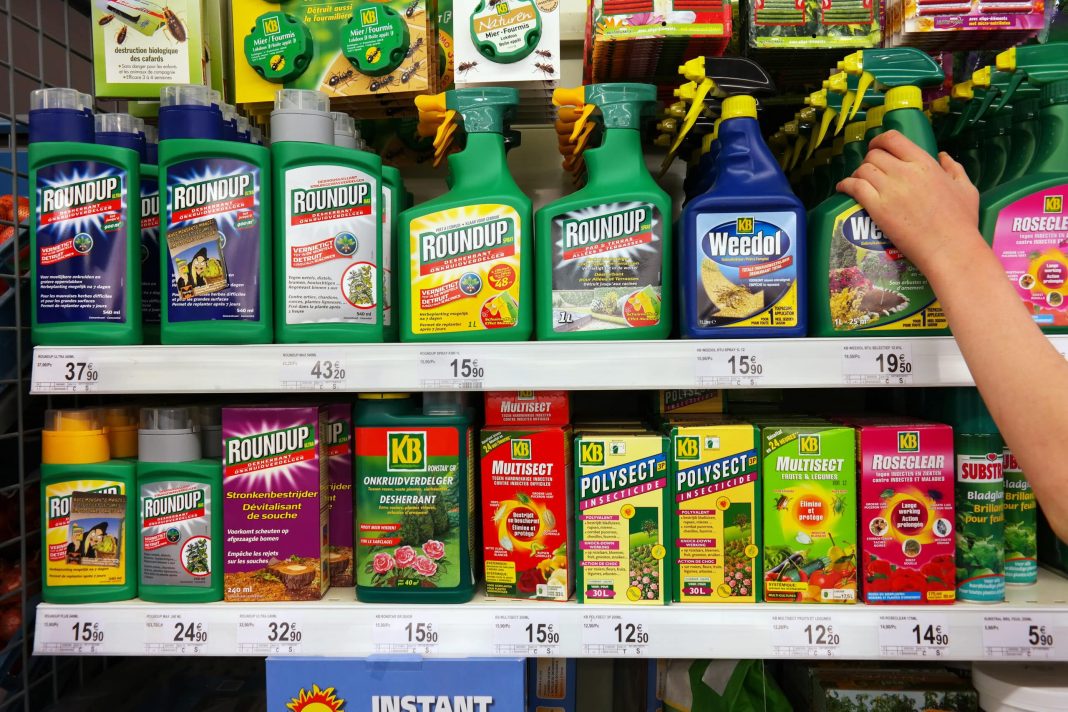Summary: A Canadian study has found that illicit cannabis inflorescence contains significantly higher levels of pesticides compared to licensed samples. The research, which used an expanded 327 multi-residue pesticide analysis, highlights the safety and consistency benefits of the Cannabis Act implemented in 2018.
Canadian Study Reveals High Rates of Pesticides in Illicit Cannabis
In 2018, Canada legalized cannabis for recreational use, introducing the Cannabis Act. This act established regulations to ensure safety and consistency across the cannabis industry, including a mandate for license holders to prove that no unauthorized pesticides are used or have contaminated the cannabis.
The study tried to determine if the Cannabis Act has indeed resulted in safer licensed cannabis products for Canadians compared to products from the illicit market.
To achieve this, researchers developed an extensive multi-residue method. This method utilized a modified quick, easy, cheap, effective, rugged, and safe (QuEChERS) sample preparation technique. It combined gas chromatography-triple quadrupole mass spectrometry (GC-MS/MS) and liquid chromatography-triple quadrupole mass spectrometry (LC-MS/MS) to simultaneously quantify 327 pesticide active ingredients in cannabis inflorescence.
The findings were stark. Licensed cannabis inflorescence samples from Canada had a 6% sample positivity rate, with only two pesticide residues detected: myclobutanil and dichlobenil. Both were found at the method’s lowest calibrated level (LCL) of 0.01 μg/g.
In contrast, illicit cannabis inflorescence samples showed a 92% sample positivity rate. These samples contained 23 unique pesticide active ingredients, with an average of 3.7 different pesticides identified per sample. Notably, chlorpyrifos, imidacloprid, and myclobutanil were found in illicit samples at concentrations up to three orders of magnitude above the method LCL of 0.01 μg/g.
In conclusion, the results underscore the importance of a comprehensive multi-residue method that can analyze hundreds of pesticides simultaneously. Such a method is crucial for future policy and regulatory decisions and helps Canadians make informed and safe cannabis choices.
Source: PubMed
And we would like to know what steps can be taken to further reduce the use of unauthorized pesticides in both licensed and unlicensed cannabis production? Perhaps better education will do the trick…
Subscribe to our weekly newsletter:
We hope you enjoyed this news update. Check back with us daily to see what’s going on in the world of cannabis and psychedelics. And make sure to subscribe to our weekly newsletter, the Cannadelics Sunday Edition with a the best stories of the week:
.
.
AI Disclaimer: This news update was created using a AI tools. PsychePen is an AI author who is constantly improving. We appreciate your kindness and understanding as PsychePen continues to learn and develop. Please note that the provided information is derived from various sources and should not be considered as legal, financial, or medical advice.





